The federal government has announced $1.5 billion of “concessional financing,” essentially low cost loans, to support the “rapid development” Victoria’s renewable energy zones and offshore wind.
A further $750 million has been allocated via the federal Clean Energy Finance Corp. (CEFC) to ensure the Victoria-New South Wales Interconnector, known as the VNI West KerangLink, is completed by 2028.
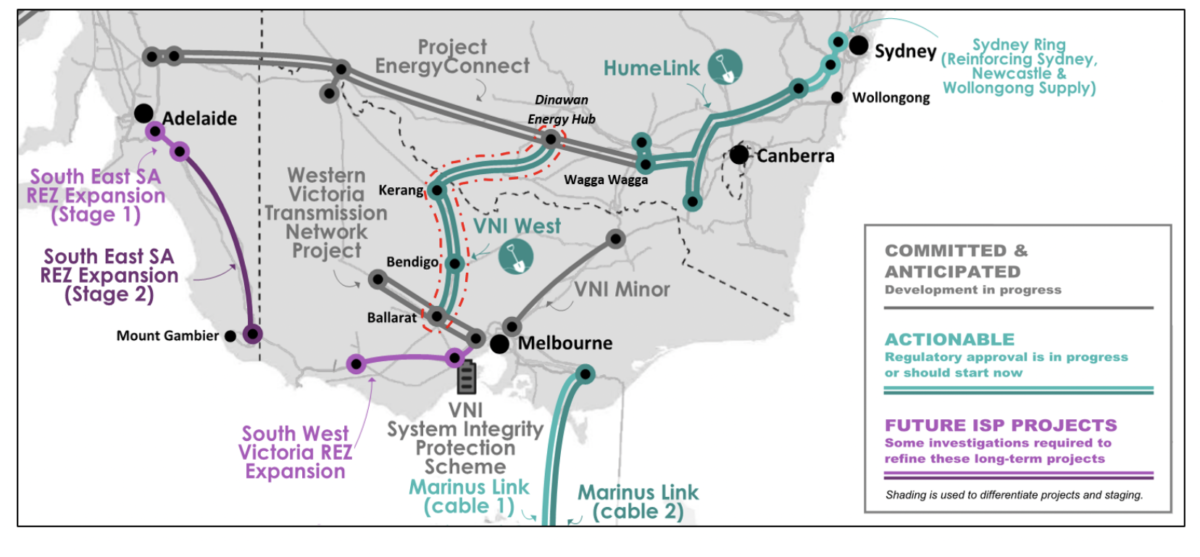
Image: Transgrid
The first major tranche of the $20 billion Rewiring the Nation scheme is funding for the contentious Marinus Link, a major transmission line connecting Tasmania and Victoria via undersea cables through the Bass Strait. Of that, 80% will come from another concessional loan via CEFC, with the Victorian, Tasmanian and federal governments committing to an equal equity share for the remaining 20%, roughly 6.6% each.
The 1.5 GW Marinus Link between northwestern Tasmania and Victoria’s Gippsland would quadruple the electricity transmission capacity between Tasmania and the mainland. The project would likely cost around $4 billion, and its proposal has been sharply criticised by environmental groups.
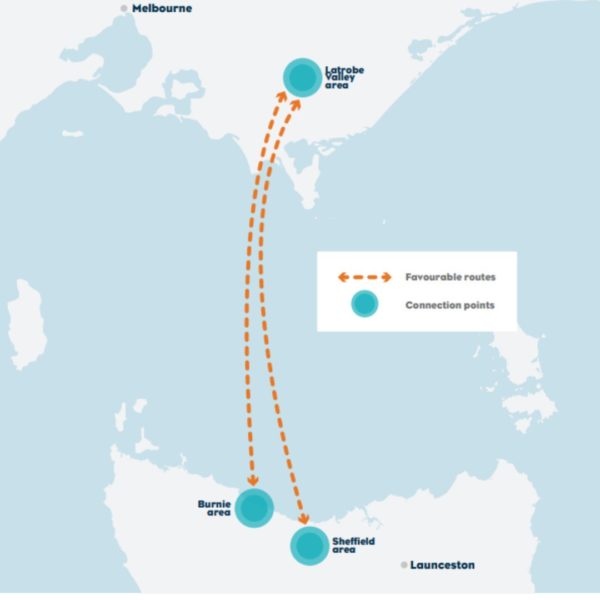
Image: Energy Networks Australia
Big investment
Labor’s Rewiring the Nation scheme is the backbone of its plan to cut emissions by 43% by 2030, while also reaching above 80% renewable energy grid penetration.
Working on the premise that there is no shortage of interest in building large-scale renewable projects in Australia, the policy seeks to address the lack of transmission infrastructure capable of connecting more distributed renewable generators. To use the federal government’s favourite term, the policy seeks to “unlock” Australia’s renewable potential.
The Australian Financial Review reports the federal funding amounts to a $6 billion package of loans and equity, though it isn’t entirely clear where that exact figure comes from, though it must refer to the undisclosed amount the CEFC will put toward Marinus Link.
That figure would also seem to include the “up to $1 billion of low-cost debt” which the Rewiring the Nation scheme will put toward developing Tasmania’s ‘Battery of the Nation’ pumped hydro projects in Tarraleah and Lake Cethana.
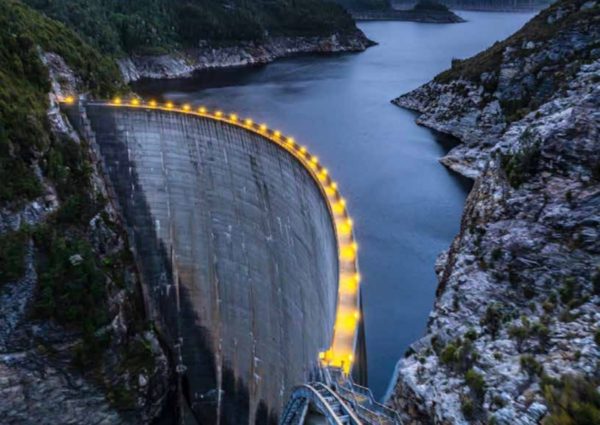
Image: Tasmanian Government
Federal Energy Minister Chris Bowen described the news as “the biggest announcement of federal investment in energy since the original snowy scheme in the 1940s.”
It has been welcomed by industry, with the Clean Energy Council’s chief executive, Kane Thornton, describing it as a “game-changer for Australia’s clean energy transition.”
With Australia’s lack of transmission infrastructure “hampering” its efforts to get to net zero, Energy Networks Australia CEO Andrew Dillon said the funding and projects are “key steps toward a 21st century renewable energy grid.”
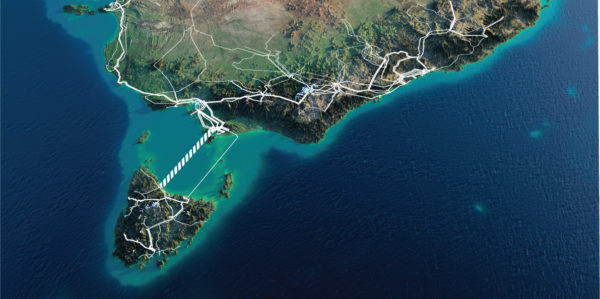
Image: Marinus
It is also noteworthy that neither the Victoria-NSW Interconnector nor the Tasmania-Victoria Marinus link transmission lines have passed the multi-stage Regulatory Investment Test for Transmission, conducted by the Australian Energy Regulator – a model which is itself under some criticism.
Both the Marinus Link and the VNI West KerangLink between Victoria and NSW have been deemed priorities for the Australian Energy Market Operator (AEMO) in its national electricity transition roadmap, known as the Integrated System Plan.
Tri-government agreement
While the issue of new transmission lines across Australia is just heating up, this major federal funding package does mark an important consensus between the federal government and the state governments of Victoria and Tasmania.
With Victoria and New South Wales still heavily reliant on coal, and the majority of those plants expected to close in the next decade, the race to build transmission for green electrons is on – especially since getting transmission projects across the line tends to be both extremely touchy and expensive. According to AEMO, Australia will need to “efficiently” install more than 10,000 km of new transmission to meet its 2050 net-zero goal.
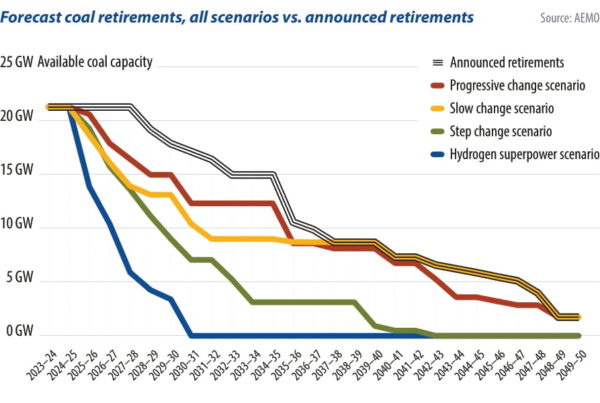
Tasmania finds itself in a different position, already running on virtually 100% clean hydro energy. The fact it has already reached the mainland’s end goal of a decarbonised electricity system means the island is now aiming to be an exporter of renewable energy. Tasmania is now targeting 200% renewable energy for 2040 – meaning it would essentially export as much clean energy as it uses.
Marinus Link criticism
While the ‘Battery of the Nation’ clean energy export proposition has many proponents, the Marinus Link vision has drawn criticism from Tasmania’s most high-profile environment campaigners, who say it will threaten wildlife and involve a huge amount of land clearing. Among them are former Greens leaders Bob Brown and Christine Milne.
“Climate and biodiversity are two sides of the coin. Marinus will drive more Tasmanian threatened species toward extinction and it is notable that in the fast-tracking of this project not a word is being said about environmental impacts from a government that says it has a zero extinctions policy,” Milne said.
Finally, little is said in the joint federal and Victorian government announcement about where the funding for the “rapid development” of Victoria’s renewable energy zones and offshore will end up.
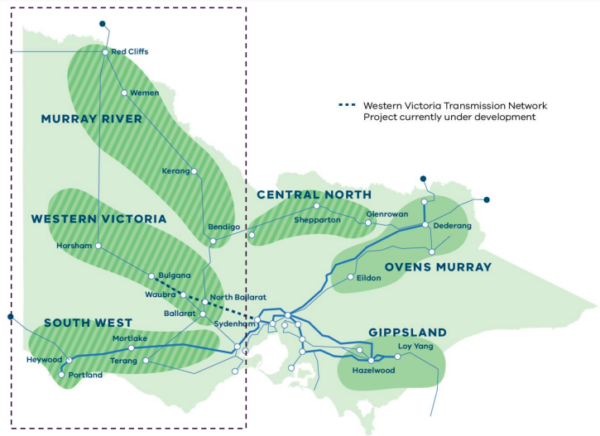
Victorian government/AEMO
No particular projects or zones have been outlined, though the governments do note the recent community consultation process for the offshore wind development zone off Gippsland.
Victoria has six onshore renewable energy zones. Earlier this year, it announced its additional vision to deploy major offshore wind, setting a target for 4 GW of capacity by 2035 and 9 GW by 2040.
This content is protected by copyright and may not be reused. If you want to cooperate with us and would like to reuse some of our content, please contact: editors@pv-magazine.com.
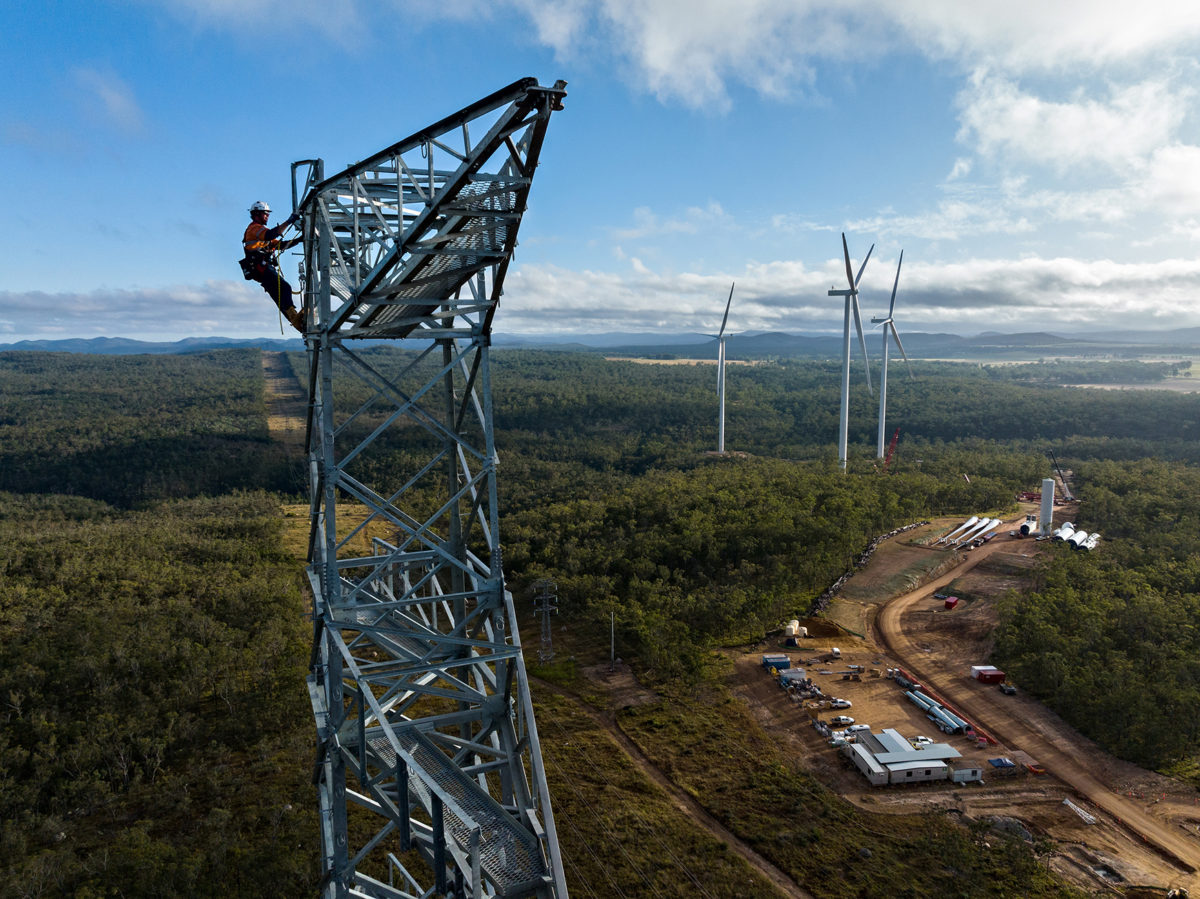




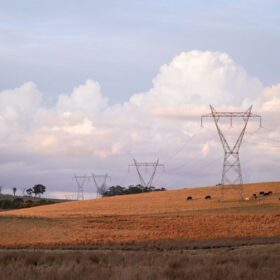
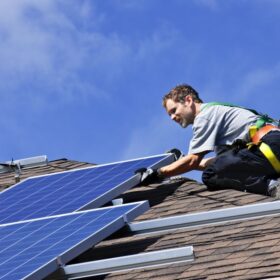
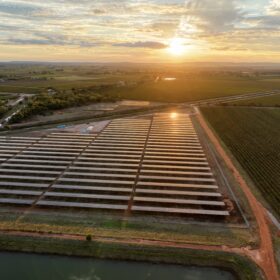
It is good to learn that Australia is “Re-Wiring its Grid” … but is this all it is.. ??? Rewiring an Existing & Ageing Grid or getting it ready for a much larger Grid to support a Zero Pollurion Australia that uses ONLY Solar Energy (preferably AgriVoltaics and UHES for S2S .. Sunset To Sunrise.. Energy Storage) .
Such a Grid will be 10 times larger as it “picks-up” Non Electric Loads ( EV’s, Rail, Air, Marine, Industries, Commercial, Residential Sectors eyc..) on top of its PRESENT Electric Customers.. and the “Peaky Nature” of Solar Energy (most of it between 10am-2pm) or perhaps Australia will “Rewire Again-n-Again” … Oooops… as it approaches a Zero Pollution Nation… and avoids BITING THE BULLET..
Is the grid upgrade in the form of HVDC (high-voltage direct current)?
Hi Carl, I believe the Victoria–NSW Interconnector, VNI-West KerangLink, will be either high voltage AC or DC. Transgrid’s July report listed both as possibilities https://www.transgrid.com.au/media/p1vdgjuu/vni-west-project-assessment-draft-report-1.pdf. Marinus Link between Tasmania and Victoria will be HVDC though.